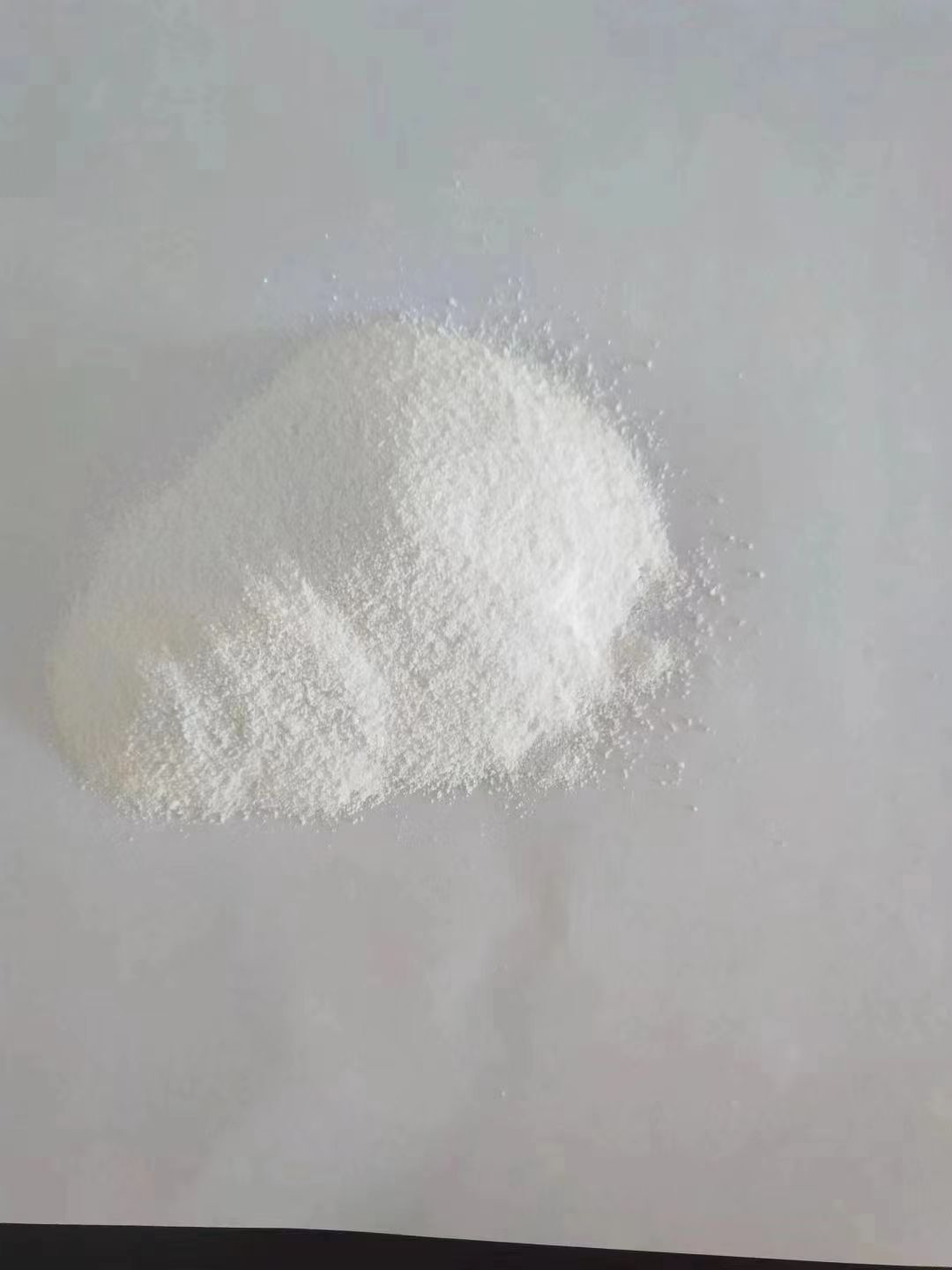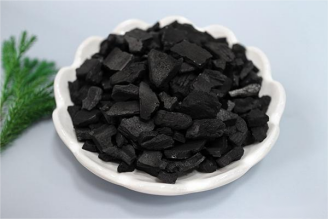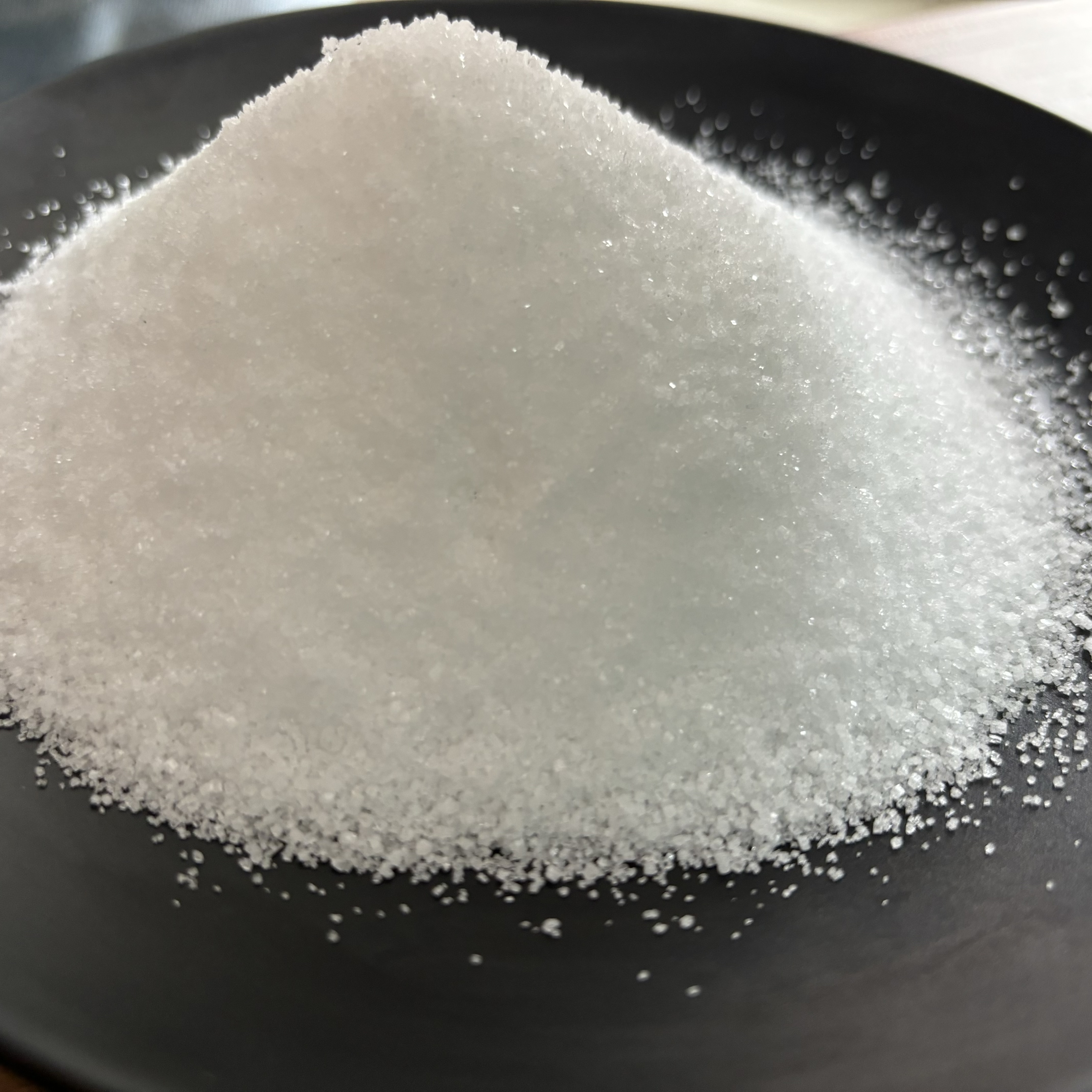
RELATED
 Sodium Hydrosulfide (NaSH)2024-06-03
Sodium Hydrosulfide (NaSH)2024-06-03 Is calcium chloride a precipitate? What are the uses of calcium chloride?2025-06-27
Is calcium chloride a precipitate? What are the uses of calcium chloride?2025-06-27 Analysis of several common hard carbon biomass precursors2025-06-19
Analysis of several common hard carbon biomass precursors2025-06-19 The Application of Thiourea in Gold Extraction from Gold Ore2025-06-13
The Application of Thiourea in Gold Extraction from Gold Ore2025-06-13 Wishing you peace and wellness on the Dragon Boat Festival.2025-05-30
Wishing you peace and wellness on the Dragon Boat Festival.2025-05-30
MESSAGE
Hazard overview
Health hazards: The dust of this product has a stimulating effect on mucous membranes, and long-term exposure can cause respiratory tract inflammation. Mistaken ingestion has cathartic effect, if there is renal dysfunction, it can cause magnesium poisoning, causing stomach pain, vomiting, watery diarrhea, collapse, dyspnea, cyanosis, etc.
Environmental Hazards: Harmful to the environment and can cause pollution to water bodies.
Explosion Hazard: This product is non-flammable and irritating.
Others: This substance is harmful to the environment. Special attention should be paid to the pollution of water bodies.
Risk term
Hazard identification: R36/37/38 [2]
Storage and transportation characteristics
Transportation Precautions: The packaging should be complete and the loading should be secure at the time of departure. During transportation, make sure that the container does not leak, collapse, fall or be damaged. It is strictly forbidden to mix and transport with oxidants, edible chemicals, etc. During transportation, it should be protected from exposure to sunlight, rain, and high temperature. The vehicle should be thoroughly cleaned after transportation. When transporting by road, follow the prescribed route.
Handling and Storage
Operation precautions: closed operation, local exhaust. Prevent dust from being released into the workshop air. Operators must undergo special training and strictly abide by operating procedures. It is recommended that operators wear self-priming filter dust masks, chemical safety goggles, anti-virus infiltration work clothes, and rubber gloves. Avoid generating dust. Avoid contact with oxidants. Equipped with leakage emergency treatment equipment. Empty containers may be harmful residues.
Storage Precautions: Store in a cool, ventilated warehouse. Keep away from fire and heat sources. Protect from direct sunlight. Package is sealed. should be kept away from oxidizer, do not store together. Storage areas should be provided with suitable materials to contain spills.
DISPOSAL METHODS: Dispose of in a safe landfill. If possible, reuse the container or bury it in a designated place.
First-aid
Skin Contact: Remove contaminated clothing and rinse with running water.
Eye Contact: Lift the eyelids and flush with running water or normal saline. seek medical attention.
Inhalation: Get out of the area quickly to fresh air. Keep the airway open. If breathing is difficult, give oxygen. If breathing stops, give artificial respiration immediately. seek medical attention.
Ingestion: Drink enough warm water to induce vomiting. seek medical attention.
Fire-fighting measures
Hazardous properties: It does not burn by itself. Decomposed by high heat to release toxic gases.
Hazardous Combustion Products: Sulfur oxides, magnesium oxides.
Fire fighting methods: Firefighters must wear full-body fireproof and gas-proof clothing and put out the fire in the windward direction. Move containers from the fire to an open area as far as possible when putting out a fire. Then choose the appropriate fire extinguishing agent according to the cause of the fire.
Emergency treatment
Isolate the leaked contaminated area and restrict access. It is recommended that emergency personnel wear dust masks and general work clothes. Do not come into direct contact with spillage. Small amount of leakage: avoid dust, carefully sweep up, collect and transport to the waste disposal site for disposal. Large spill: Collect for recycling or transport to waste disposal site for disposal.
Please give us a message





